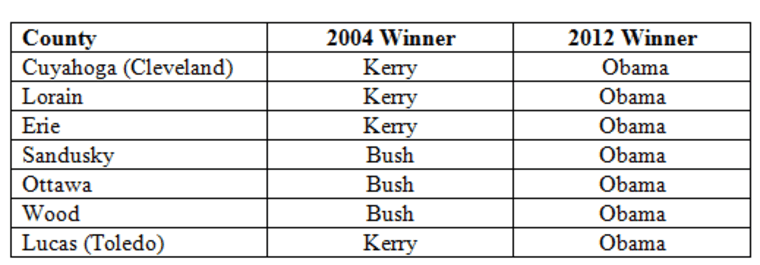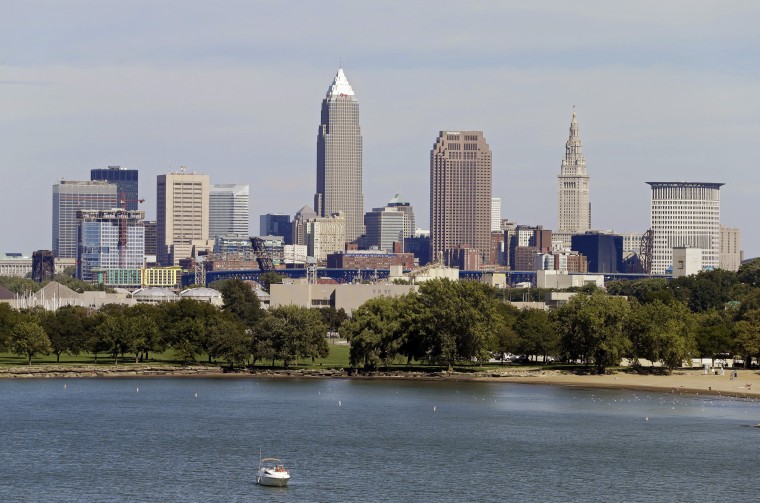For the GOP, Cleveland rocks in 2016. Thursday’s Republican presidential debates are more than just a light flirtation with the home of LeBron James for the party. It’s the beginning of what they hope can be a more lasting relationship. Chosen as the site for the party’s first big debate, the Republican National Convention will also pull into town next July, showing the city has special meaning for the party for 2016.
The motivation behind the GOP’s sudden Cleveland love is pretty simple -- the city is in a crucial part of an important swing state. Republicans last won the state of Ohio and its 18 electoral votes in 2004 and when they did the northern counties between Cleveland and Toledo were instrumental to their victory.
Ohio is a big state with many identities running through it. To the southeast, it has the look and feel of Appalachia. The center of the state holds the largest city, Columbus, where the economy and culture are driven by tech, education and healthcare. But the northern part of the state, particularly the northeast, has its roots in manufacturing. It’s a mix of mid-sized cities and towns with large, middle-class white populations.
And if you look county-level election maps of Ohio in 2004 and 2012 you’ll notice some big differences in that northern area along the I-80/I-90 corridor between Cleveland and Toledo.
In 2004, President George W. Bush essentially split the seven counties between Cleveland and Toledo with Democratic nominee John Kerry – winning three of them – and went on to win the state. In 2012, President Barack Obama defeated Republican Mitt Romney along that entire stretch of counties on the I-80/I-90 corridor and, of course, he won the state.
Winning the Interstate Corridor between Cleveland and Toledo

In fact, Bush took 59,000 more votes out of those seven counties in 2004 than Romney did in 2012. In a close state that is a huge difference. If Romney had taken those 59,000 votes away from Obama in the Cleveland-Toledo corridor he would have gotten within 1 percentage point of winning the state.
Furthermore, there are reasons to believe a Republican could do better the area – particularly in those counties that flipped from Republican to Democrat. Ottawa, Sandusky and Wood counties are full of small and mid-sized towns, places where Republicans generally do well.
And the populations in them are all more than 85 percent non-Hispanic white, that’s compared to a state average of about 80 percent and a national average of only 62 percent. Non-Hispanic whites have been good to GOP presidential nominees in recent years. Mr. Romney won 59 percent of their vote in 2012.
There are hurdles to the Republicans winning in the area, of course. For instance, there are a lot of union households. In metro-Cleveland more than 13 percent of those employed are members of a union. In metro-Toledo more than 18 percent are members.
But clearly, the party has done better in the area than it did in 2012 and, considering Ohio’s swing state status, that makes the Cleveland-Toledo corridor a prime target for 2016.
Starting Thursday night the GOP will be paying special attention to Northeastern Ohio, with the hope that Cleveland rocks for a party that desperately wants to win back the White House.
